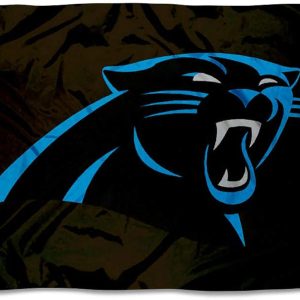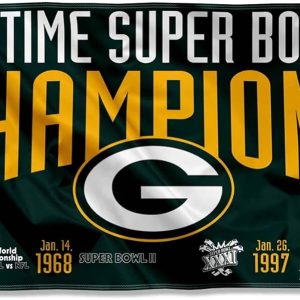The Chicago Bears are one of the most storied franchises in National Football League (NFL) history, known for their rich legacy and passionate fan base. Established in 1919, the Bears have played a pivotal role in shaping professional football as we know it today. This blog post will take you through the fascinating journey of the Chicago Bears, exploring their inception, notable achievements, unforgettable players, and the evolution of their gameplay over decades.
Origins and Early Years of the Chicago Bears
The roots of the Chicago Bears trace back to a time when professional football was still in its infancy. Founded by George Halas and his colleagues, this franchise began its journey as the Decatur Staleys.
The Formation of the Franchise
In 1919, George Halas, a former player turned businessman, sought to create an organized football team that could compete at a higher level than amateur leagues.
Halas’s vision led him to establish the Decatur Staleys, named after the A.E. Staley Company, which sponsored the team. The Staleys joined the American Professional Football Association, the precursor to the NFL, in 1920. Through Halas’s leadership, the Staleys laid the groundwork for what would become one of the league’s premier teams.
Relocation to Chicago
The Staleys made the move to Chicago in 1921, changing their name to the Chicago Bears. This transition was monumental, allowing the franchise to tap into a larger market with more fans and better resources.
The decision to relocate was strategic, as Chicago had already established itself as a prominent city for sports and entertainment. With a robust population and a love for competition, the Bears quickly became synonymous with the city’s identity.
Early Achievements
The Bears found immediate success in their early years. They clinched their first championship in 1921, solidifying their status as a competitive force in the league. Under Halas’s direction, the team displayed a fierce determination and innovative tactics that foreshadowed the future glory they would achieve.
The establishment of the Chicago Bears was not just about football; it marked the beginning of a long-lasting relationship between the team and the city. This bond only deepened as they continued to excel on the field.
The Golden Age: Dominance in the 1930s and 1940s Chicago Bears
The Chicago Bears entered a golden era during the 1930s and 1940s, characterized by remarkable victories and legendary players who forever changed the face of football.
Legendary Players and Their Impact
This period saw the emergence of standout players like Jay Berwanger, the first-ever Heisman Trophy winner, and the indomitable Red Grange.
Berwanger’s prowess on the field showcased the potential of college athletes transitioning to professional football. His speed and agility set a new standard for running backs, influencing generations of players who followed. Conversely, Grange became a household name, captivating fans with electrifying performances that drew large crowds and elevated the popularity of the sport.
These athletes helped forge the Bears’ reputation as a powerhouse, and their legacies continue to inspire future generations.
The Birth of the T-Formation
One of the most significant tactical innovations during this era was the introduction of the T-formation, primarily popularized by Halas himself.
This offensive strategy revolutionized how teams approached the game, emphasizing the importance of deception and versatility. By utilizing multiple backs and a symmetrical formation, the Bears created opportunities for dynamic plays while confusing opposing defenses. The T-formation became a defining characteristic of the Bears’ gameplay, showcasing Halas’s forward-thinking approach.
Championships Galore
The Bears’ success during these decades is evidenced by their numerous championships. They claimed NFL titles in 1932, 1933, 1934, and 1940, establishing themselves as the team to beat.
Their victory in the 1940 NFL Championship against the Washington Redskins is particularly memorable. The Bears won decisively, dominating the match with a stunning score of 73-0, which remains one of the largest margins of victory in NFL history. This game not only demonstrated the Bears’ prowess but also highlighted their ability to innovate and adapt to the evolving nature of the sport.
As the decade progressed, the Bears solidified their status as a dominant force, creating rivalries that added excitement to the league. Their impact on football during this time laid a foundation that would resonate for decades to come Chicago Bears.





